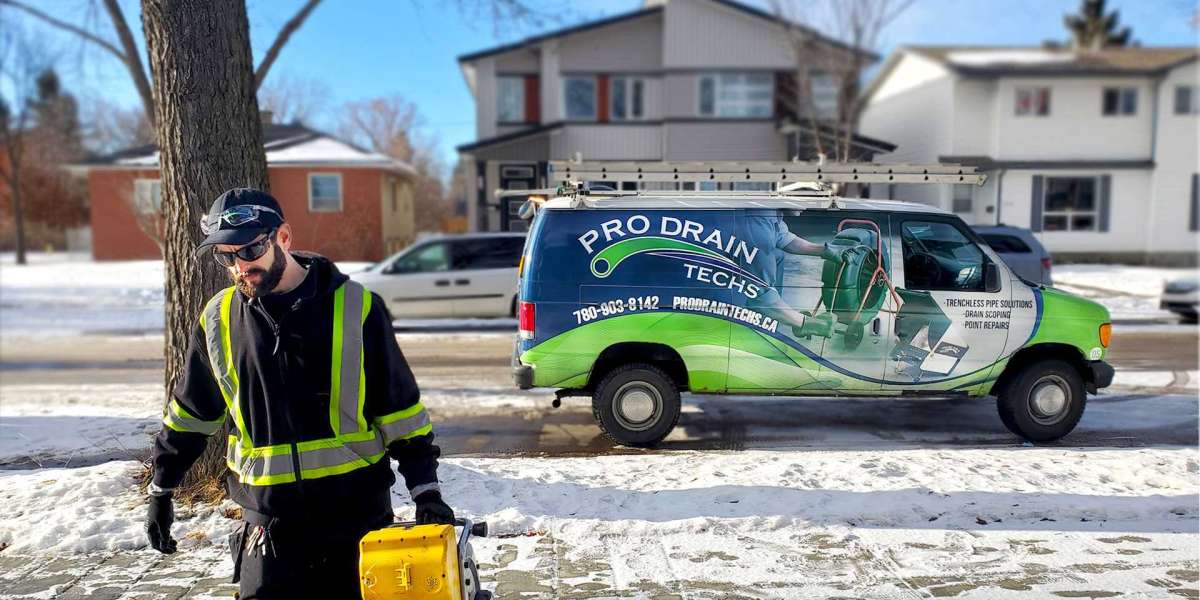Introduction:
In the ever-evolving landscape of infrastructure maintenance, innovative solutions are essential for addressing the unique challenges faced by cities like Edmonton. Cured-in-place pipe (CIPP) lining has emerged as a revolutionary method for rehabilitating aging or damaged pipelines without the need for costly and disruptive excavation. In this article, we'll delve into the world of CIPP lining in Edmonton, exploring its benefits, applications, and why it's becoming the go-to solution for pipe rehabilitation in the city.
Understanding CIPP Lining:
Cured-in-place pipe (CIPP) lining is a trenchless rehabilitation technique used to repair and reinforce deteriorating or damaged pipelines. The process involves inserting a flexible liner coated with resin into the existing pipe, which is then inflated and cured in place using heat or UV light. Once cured, the liner forms a seamless, durable, and corrosion-resistant barrier within the old pipe, effectively restoring its structural integrity and flow capacity.
Benefits of CIPP Lining:
Unlike traditional pipe repair methods that require extensive excavation and disruption to surrounding infrastructure, CIPP lining is performed entirely underground, minimizing disturbance to roads, sidewalks, and landscaping. This makes it an ideal solution for densely populated areas or environmentally sensitive areas where excavation may not be feasible.
Cost-Effective:
CIPP lining can be more cost-effective than traditional pipe replacement, as it eliminates the need for excavation, restoration, and prolonged downtime. By reducing labor and material costs associated with excavation, CIPP lining offers significant savings for municipalities, utilities, and property owners in Edmonton.
Versatility:
CIPP lining can be used to rehabilitate a wide range of pipe materials, including clay, concrete, PVC, and even cast iron. This versatility makes it suitable for various applications, from sewer and stormwater lines to industrial pipelines and culverts.
Longevity:
CIPP liners are designed to withstand corrosion, abrasion, and environmental factors, providing a long-lasting solution for pipe rehabilitation. With proper installation and maintenance, CIPP-lined pipes can have a lifespan of 50 years or more, significantly extending the service life of aging infrastructure in Edmonton.
Environmental Sustainability:
CIPP lining is a environmentally friendly alternative to traditional pipe replacement methods, as it reduces the need for excavation, transportation, and disposal of old pipes. Additionally, the seamless nature of CIPP liners minimizes the risk of leaks and spills, helping to protect local waterways and ecosystems.
Conclusion:
In Edmonton, where aging infrastructure and harsh environmental conditions pose significant challenges, CIPP lining offers a seamless and cost-effective solution for pipe rehabilitation. By embracing this innovative technology, municipalities, utilities, and property owners can extend the lifespan of their pipelines, reduce maintenance costs, and minimize disruption to communities. Whether it's preserving the integrity of sewer systems or reinforcing industrial pipelines, CIPP lining is paving the way for a more sustainable and resilient future for Edmonton's infrastructure.











